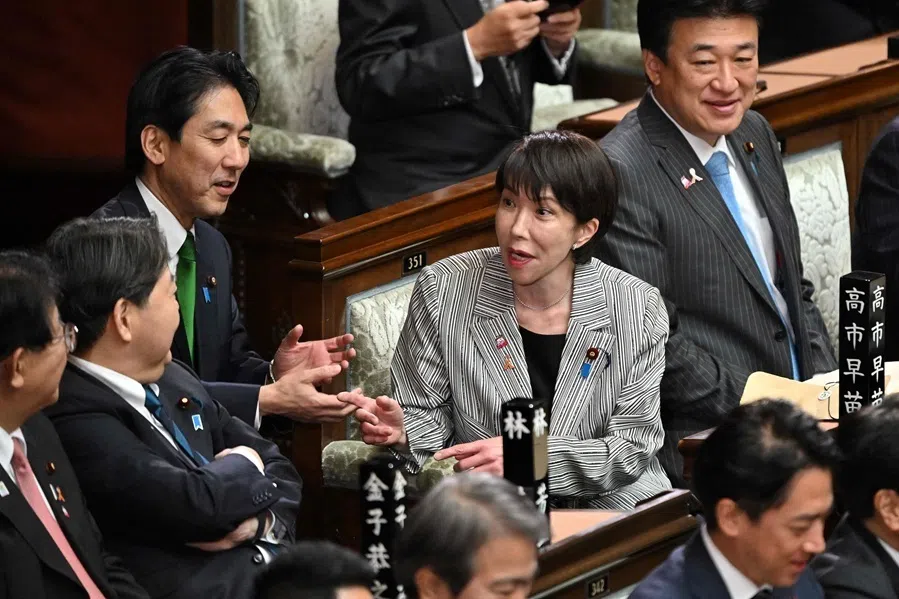Is Taiwan moving towards 'living with the virus'?
Taiwan's efforts in preventing the spread of Covid-19 has been recognised by the international community. However, the prolonged border restriction is beginning to impact its economy and its people. Is the island ready to move on to its next stage of recovery?
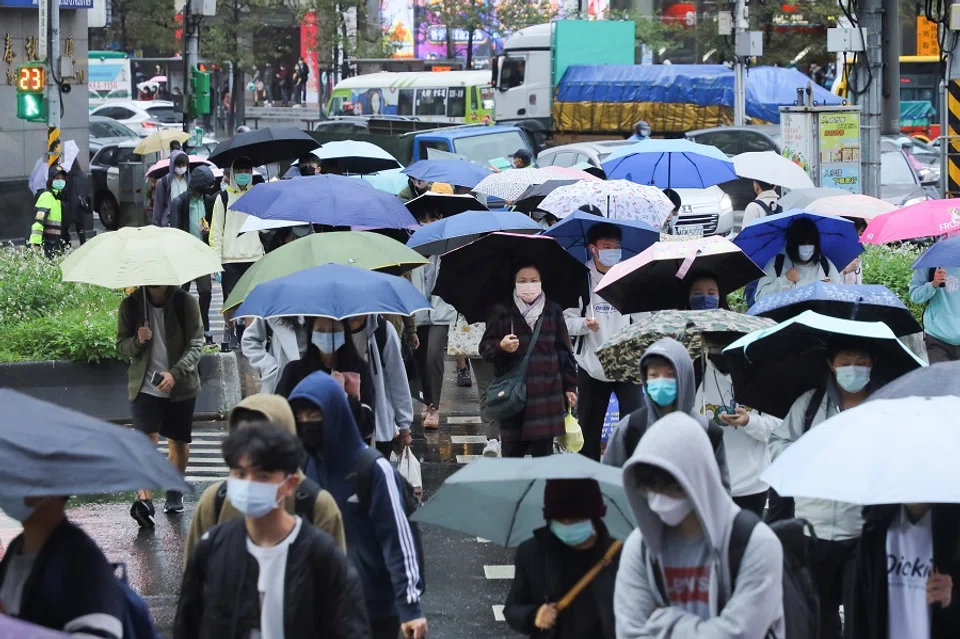
At around nine o'clock in the morning on 11 February, I took a quarantine taxi to the drive-through testing station at Dajia Riverside Park near Taipei Songshan Airport for a PCR test following my 14-day quarantine.
I sat inside the taxi the whole time, only winding down the window to have a healthcare worker perform a nasal swab on me, and returned to my residence straight after, ready to regain my freedom the next day.
Over 30,000 people returned to Taiwan during the Spring Festival and quarantine hotels across the island were unable to meet this demand. As a result, Taiwan launched the "7+7 quarantine plan" that would allow inbound travellers to spend the first seven days of their quarantine at a designated hotel and the next seven days at home. Taipei also arranged 500 taxi drivers to ferry these inbound travellers between their residences and the Covid-19 testing stations for their tests.
My taxi driver, Mr Kao, said that the authorities do not allow taxi drivers under this scheme to pick up other customers except those undergoing home quarantine. However, as the number of people undergoing home quarantine has dropped following the Spring Festival, he only ferries an average of two people every day and has to be on standby round the clock. Luckily, the government provides these taxi drivers with a daily subsidy of NT$3,500 (US$125). Otherwise, they would be operating at a loss.

Chen Shih-chung, commander of the Central Epidemic Command Center (CEEC), recently said that the authorities are considering easing some of its border restrictions. They would first observe the changes in Taiwan's epidemic situation following the end of Chinese New Year on 15 February before deciding if the requirements for business visas can be relaxed or if the 14-day quarantine for inbound travellers can be reduced to ten days (seven days at quarantine hotels and three days at home; or five days at quarantine hotels and five days at home). This means that people would only need to stay at a quarantine hotel for a minimum of five days before they are allowed to quarantine at home.
...his "Taiwan model" has ignored the Taiwanese people's efforts in voluntarily cooperating with the anti-epidemic measures and the impact of strict border restrictions on the people's daily lives, their livelihoods and the economy.
With regard to the loosening of border restrictions, Chen said at a press briefing on 8 February that a "Taiwan model" will be adopted in accordance with the international situation.
What is the "Taiwan model"? Chen explained that compared with the rest of the world, Taiwan has the least restrictions on mobility within its borders and life is as per normal for the people. The island has implemented stringent measures to control the spread of the virus and conducts almost-daily press briefings to inform people about the situation and the relevant anti-epidemic measures.
However, the public has criticised Chen's explanation as being too vague and general. Most importantly, his "Taiwan model" has ignored the Taiwanese people's efforts in voluntarily cooperating with the anti-epidemic measures and the impact of strict border restrictions on the people's daily lives, their livelihoods and the economy.
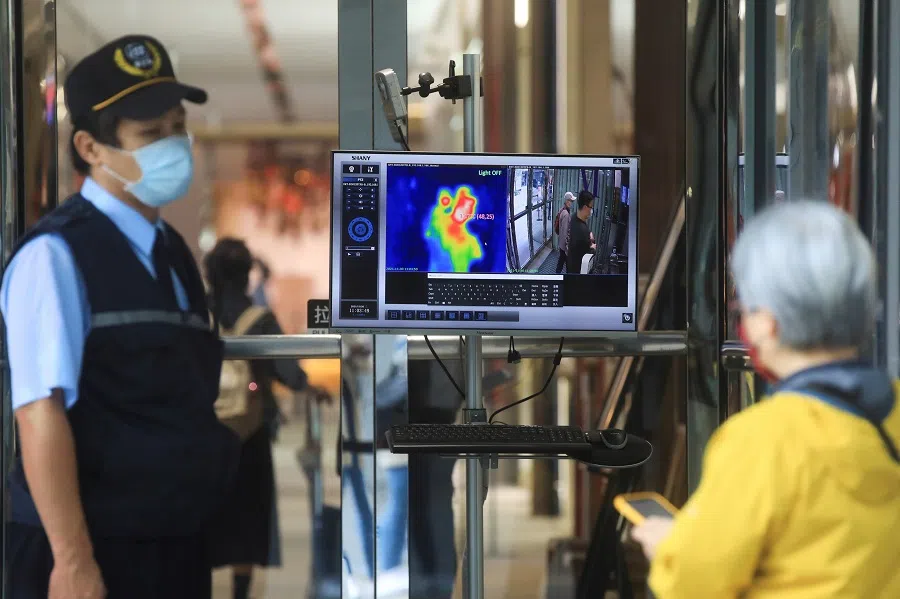
Thus, Taiwan president and chair of the Democratic Progressive Party Tsai Ing-wen reiterated on 9 February that an important goal of the ruling party this year is to find a "Taiwan model" that will balance both the needs of the economy and epidemic prevention efforts, and strive to effectively contain the pandemic while having the least impact on people's lives.
It seems that Taiwan is still in the process of discovering and building a Taiwan model. In the past, this model experienced success, failure and recovery. Looking ahead, it is still trying to find the light at the end of the tunnel.
The Taiwan model experienced initial success in the early stages of the pandemic in January 2020, when Taiwan decisively closed its borders and imposed strict quarantine measures for the small number of travellers it allowed into the island.
Between May and July 2021, Taiwan recorded its worst Covid-19 outbreak and experienced a surge in community transmission cases as a result of slow vaccine procurement and insufficient local screenings. It later recovered owing to private donations of vaccines, the ramp up of vaccine rollouts and continuous efforts to conduct accurate screenings and epidemiological investigation.

Taiwan's recent pandemic efforts have been recognised by the international community. As of 27 January, Taiwan ranks eighth among 53 global economies that are valued at over US$200 billion in Bloomberg's Covid Resilience Ranking, far better than its lowest rank of 44th in June last year. And in the Nikkei Covid-19 Recovery Index released on 4 February, Taiwan ranks first place out of 122 countries and regions.
Taiwan's daily figures, which are in the dozens, place it on a different level from the rest of the world. However, insufficient testing and border closure are the biggest concerns that could lead to sudden outbreaks and economic trouble.
In terms of the two major models of zero-Covid and living with the virus, it seems that Taiwan has not given up on a zero-Covid model and is also not yet ready to live with the virus.
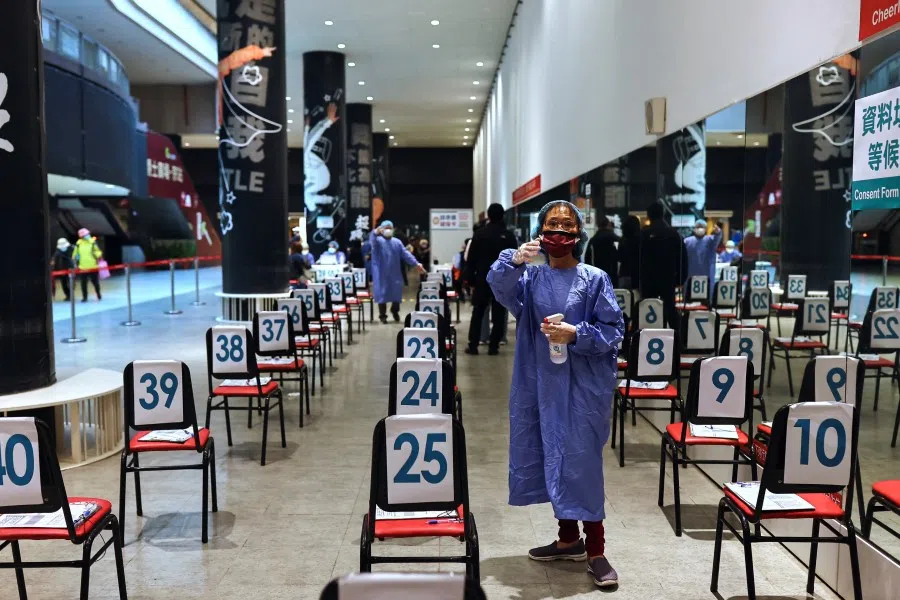
Due to the spike in the number of Omicron variant cases, many places have given up their defences, lifted pandemic measures and decided to live with the virus, leaving the four regions on either side of the Taiwan Strait seemingly the only places still sticking to the zero-Covid model.
Most people will be looking forward to a Taiwan model that can maintain a zero-Covid approach in pandemic efforts, cautiously move towards living with the virus and work towards loosening border restrictions.
However, as Wang Pi-sheng, deputy head of the CEEC, wrote in Chinese on Facebook, zero Covid is not the objective but the approach towards pandemic efforts. Hence, Taiwan is still cautiously moving towards living with the virus, step by step.
Wang Jen-hsien, president of the Taiwan Counter Contagious Disease Society, believes that the most ideal situation in living with the virus is to have "serious measures for serious infections, mild measures for mild infections, and no measures for no infections", with strict testing only for those coming in from places with outbreaks, but no restrictions on those coming in from elsewhere, while gradually shortening quarantine periods to none and replacing it with multi-layer testing.
Most people will be looking forward to a Taiwan model that can maintain a zero-Covid approach in pandemic efforts, cautiously move towards living with the virus and work towards loosening border restrictions.
Of course, there are optimisms and concerns surrounding these expectations.
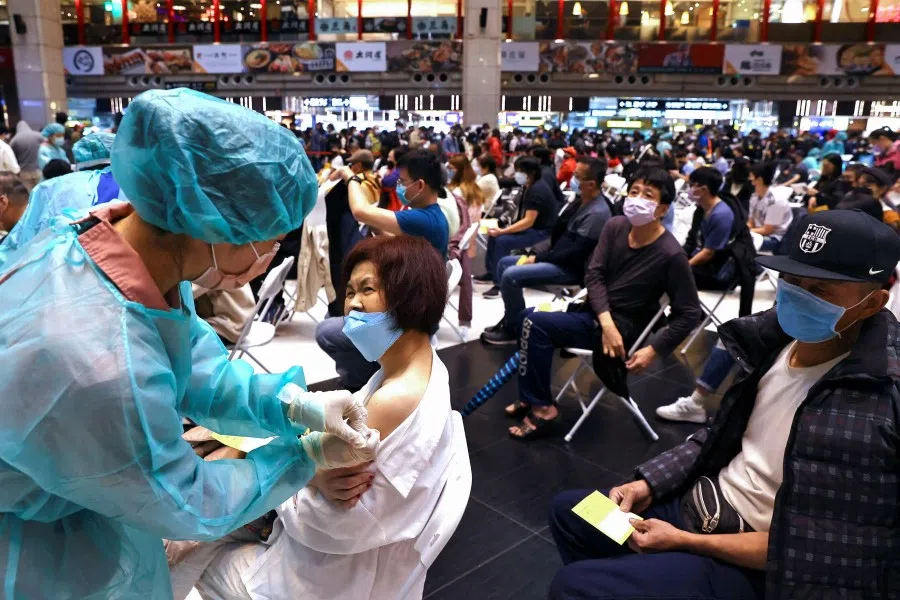
On the one hand, the optimism comes from Taiwan's current daily growth rate of 1% for booster shots, with hopes that by next month over 50% of the population will have received their third shot, and over 80% in a couple of months, strengthening the herd immunity.
On the other hand, concerns for this model arise from pandemic fatigue, as people refuse or pretend to scan in and out of stores to avoid being listed as close contacts of confirmed cases and affecting their family or social circle.
Furthermore, if those that are against vaccinations do not change their stance, the authorities will not relax border policies, and the "Taiwan model" will lose its lustre. Taiwan will stay in the tunnel for that much longer, waiting for that ray of light.





